Dealing with the grief of losing a spouse creates several challenges for recent widows and can change the dynamics of many of their relationships. For example, widows often note that they were previously ‘couple-friends’ with someone, but the relationship dynamics have changed such that it is now uncomfortable to spend time with them as a single person. This dynamic also can apply to financial advisors; in fact, up to 80% of widows leave their advisor within the first two years of becoming a widow. Which means that it is important for advisors not only to thoughtfully reengage with a recently widowed client, but also to explore how they want to be communicated with and what they want the planning process to look like going forward.
Given the significant amount of change occurring in the life of a new widow, a good way to address their circumstances and meet their changing needs proactively is to have multiple ‘re-discovery’ meetings to intentionally learn about their new preferences and goals. The process begins with the initial meeting following the spouse’s death, where the advisor can cover three important topic areas: 1) identifying the client’s current communication preferences while recognizing that these can change as they continue the grieving process; 2) discussing the idea of recurring re-discovery meetings so that the client knows what to expect; and 3) reviewing the client’s important action items, letting the client decide whether (or to what extent) they want the advisor to take the lead or handle the items themselves.
The first re-discovery meeting can be held six months after the initial meeting with a newly widowed client. In addition to checking in on the client’s communication preferences (which might have changed in the previous six months!), a goal of this meeting is to brainstorm ideas to identify new goals and information that are important to the client during this period when so much in their lives may be changing. There is no pressure for anyone to do anything (unless important action items already discussed are looming); the key is simply to create the time and space to give the client a chance to think about things and recognize changing needs and priorities as they arise.
The aim of the next re-discovery meeting, ideally held approximately one year after the initial meeting with the new widow, is to revisit newly identified goals and to focus on implementing them. In addition to revisiting goals that may have been identified in the last re-discovery meeting, advisors can start asking the client to consider a detailed, actionable plan that outlines how they will actually tackle their tasks and establishes a timeline for getting things done.
Ultimately, the key point is that as a widow navigates through the difficult transition after losing a spouse, an advisor can be one of the most sustaining relationships in their life. By doing their best to mindfully communicate with recently widowed clients about their changing values and needs in a genuine, honest, and compassionate way, advisors can help them effectively plan for and support their changing needs!

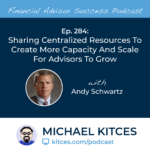
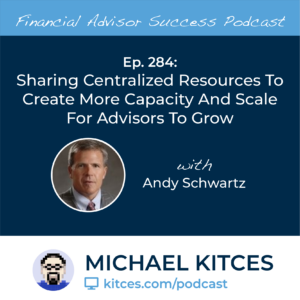 Welcome back to the 284th episode of the Financial Advisor Success Podcast!
Welcome back to the 284th episode of the Financial Advisor Success Podcast!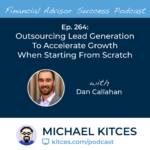
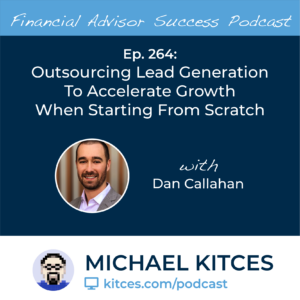 Welcome back to the 264th episode of the Financial Advisor Success Podcast!
Welcome back to the 264th episode of the Financial Advisor Success Podcast!
 Welcome back to the 250th episode of the Financial Advisor Success Podcast!
Welcome back to the 250th episode of the Financial Advisor Success Podcast!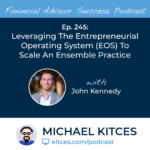
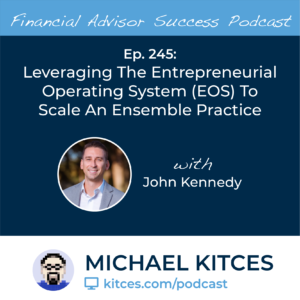 Welcome back to the 245th episode of the Financial Advisor Success Podcast!
Welcome back to the 245th episode of the Financial Advisor Success Podcast!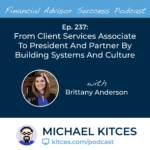
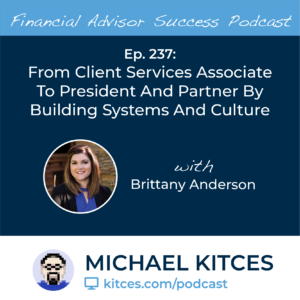 Welcome back to the 237th episode of the Financial Advisor Success Podcast!
Welcome back to the 237th episode of the Financial Advisor Success Podcast!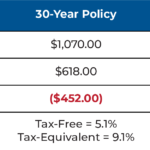
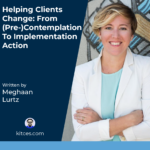
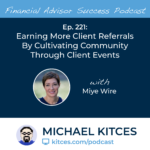
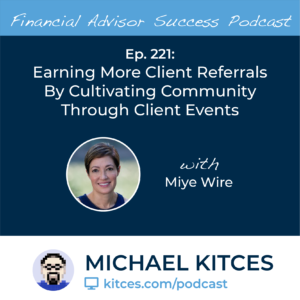 Welcome back to the 221st episode of the Financial Advisor Success podcast!
Welcome back to the 221st episode of the Financial Advisor Success podcast!
 Welcome back to the 218th episode of the Financial Advisor Success Podcast!
Welcome back to the 218th episode of the Financial Advisor Success Podcast!
